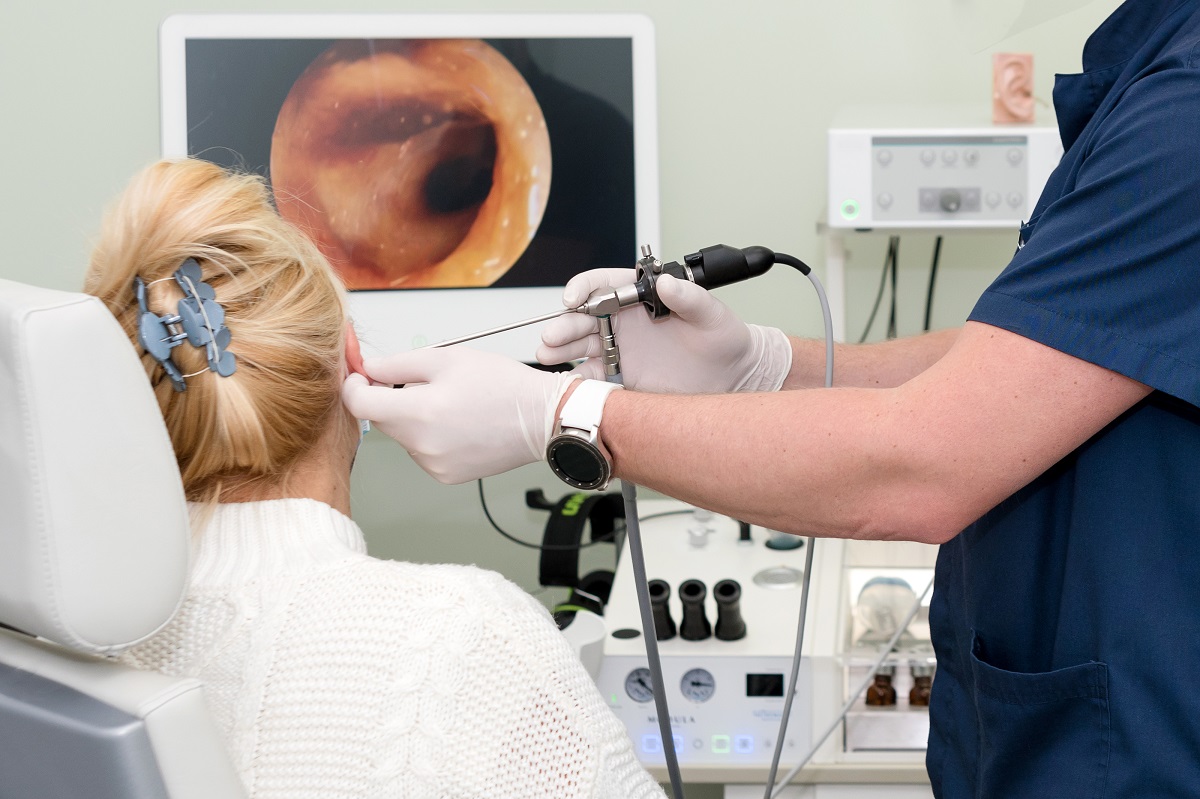- What Is “Normal” Hearing? - April 29, 2024
- Can Sustainable Living Impact Auditory Health? - April 15, 2024
- 10 Ways to Boost Your Hearing Health - April 5, 2024
It’s estimated that 500,000 people are flying in an airplane at any given time. Not only is it a modern marvel that we can board a large metal vehicle and fly at great speeds at high altitudes but it’s mind blowing to arrive back on the ground with switched time zones, climate zones and even seasons in a matter of hours! Flying is truly amazing and has made the planet a much smaller and accessible place. However, there are some risks. While the risk of a plane crash is incredibly low at 1 in 1.2 million, your ears do run the risk of damage to your eardrum. With high altitudes, we are at risk of changes in cabin pressure, and this puts pressure on our ears. Any of us who have ever ridden a plane know the feeling on our ears as we take off or land. It’s pressure in our ears and if we descend or ascend too quickly, it could cause very serious damage.
Air Pressure and Balance
For most of us the sensation of popping in our ears is a minor discomfort which comes from rapid pressure changes. However, for some people the sensation may cause greater difficulty in reaching equilibrium. Equilibrium is simply balance but within the ear is a function which goes beyond just hearing. The ear also houses the vestibular system, a fluid filled labyrinth, responsible for encoding information about equilibrium, the sense of balance. Recent studies have found that the symptoms of common vestibular disorders may be linked with certain environmental factors including atmospheric pressure,
The Effects of Sudden Altitude Changes on Our Ears
In addition to an impact on our balance, changes in air pressure as we fly can impact our hearing—a structure housed side by side with the vestibular system. In the grand scheme of human creation, our bodies weren’t built with rapid changes in air pressure in mind! In most instances of our everyday life, we don’t meet extreme changes in air pressure at all. Sometimes as we drive quickly up a mountain and the elevation changes, we may feel a swelling in our ears, but airplanes can change elevations drastically in seconds, putting a severe amount of pressure on our ears. If we were to climb up a mountain, the change in pressure would happen so gradually few of us would notice it. However, when pressure changes quickly, the normal process of equalization doesn’t happen quickly enough to avoid the unpleasant experience of “popping” – technically known as “ear barotrauma.”
We collect sound with our ears but these sounds must reach our brains to complete the process. After sound vibrations arrive in our ear canal they are sent to the eardrum—a non-porous skin membrane which separates our ear canal from our middle ear. When sound waves strike the eardrum, it vibrates- sending the sound amplified further down the ear canal. Air is not designed to pass through the eardrum, meaning that changes in pressure must be moderated by the Eustachian tube, which connects the middle ear to the throat and nose, allowing air trapped in the middle ear to escape and reinstate equilibrium.
Preventing Ear Pain in the Air
Anyone who has flown has experienced some degree of ear barotrauma. If there is no way for the air to escape due to an infection in the Eustachian tube it could lead to perforations in the eardrum and impact your hearing. If you are planning to fly with a cold or infection, you may want to make sure you can get congestion and swelling down before your flight. If you are on a plane and the pressure becomes irritating, here are a few tips to lower the discomfort.
- Swallow –This can help air move into the auditory tube and reduce pressure.
- Chew Gum or Eat Hard Candy – When we chew repeatedly stimulate our salivary glands, causing us to swallow more regularly.
- Valsalva Maneuver –this sounds fancy, but it is effectively taking in a mouthful of air, while your mouth and nostril are sealed. Gently breathe out, forcing air out of your tightly closed mouth, until your ears pop. If you do have congestion, try the following method instead.
- Toynbee Maneuver – Close your mouth and pinch your nose closed. Swallow several times until pressure equalizes.
If you are experiencing issues with your hearing or balance after your flight we are here to help. We can inspect your ears and help find the best solution for you. Contact us today to set up a hearing exam.

